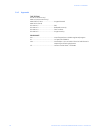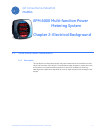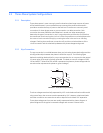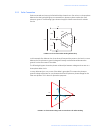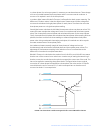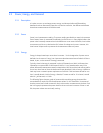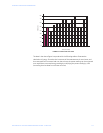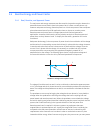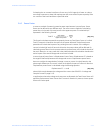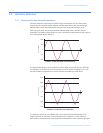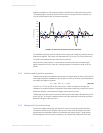
2–8 EPM 6000 MULTI-FUNCTION POWER METERING SYSTEM – USER GUIDE
CHAPTER 2: ELECTRICAL BACKGROUND
2.3 Power, Energy, and Demand
2.3.1 Description
It is quite common to exchange power, energy, and demand without differentiating
between the three. Because this practice can lead to confusion, the differences between
these three measurements will be discussed.
2.3.2 Power
Power is an instantaneous reading. The power reading provided by a meter is the present
flow of watts. Power is measured immediately just like current. In many digital meters, the
power value is actually measured and calculated over a one-second interval, since it takes
some amount of time to calculate the RMS values of voltage and current. However, this
time interval is kept small to preserve the instantaneous nature of power.
2.3.3 Energy
Energy is always based upon some time increment – it is the integration of power over a
defined time increment. Energy is an important value because almost all electric bills are
based, in part, on the amount of energy consumed.
Typically, electrical energy is measured in units of kilowatt-hours (kWh). A kilowatt-hour
represents a constant load of 1000 watts (1 kW) for 1 hour. Stated another way, if the
power delivered (instantaneous watts) is measured as 1000 W, and the load was served for
a one-hour time interval, then the load would have absorbed 1 kWh of energy. A different
load may have a constant power requirement of 4000 W. If this load were served for one
hour, it would absorb 4 kWh of energy. Likewise, if it were served for 15 minutes, it would
absorb ¼ of that total, or 1 kWh.
The following figure shows a graph of power and the resulting energy that would be
transmitted as a result of the illustrated power values. For this illustration, it is assumed
that the power level is held constant for each minute when a measurement is taken. Each
bar in the graph represents the power load for the one-minute increment of time. In real
life, the power values are continually moving.



